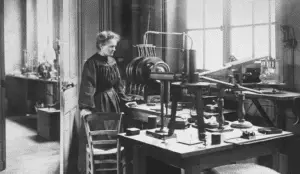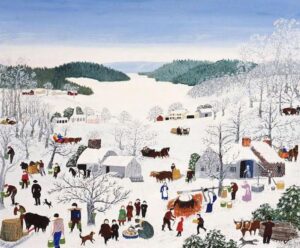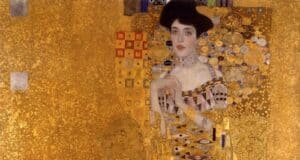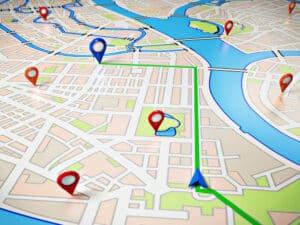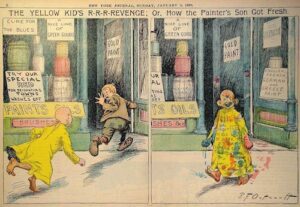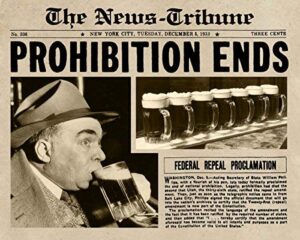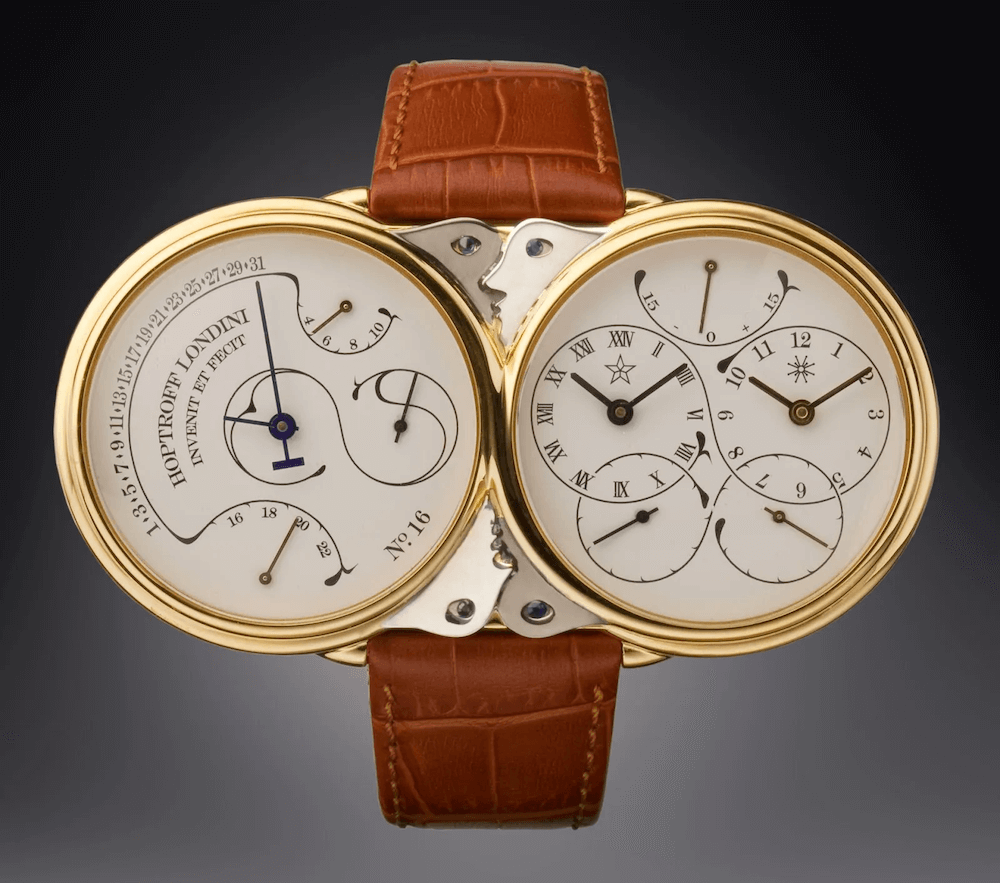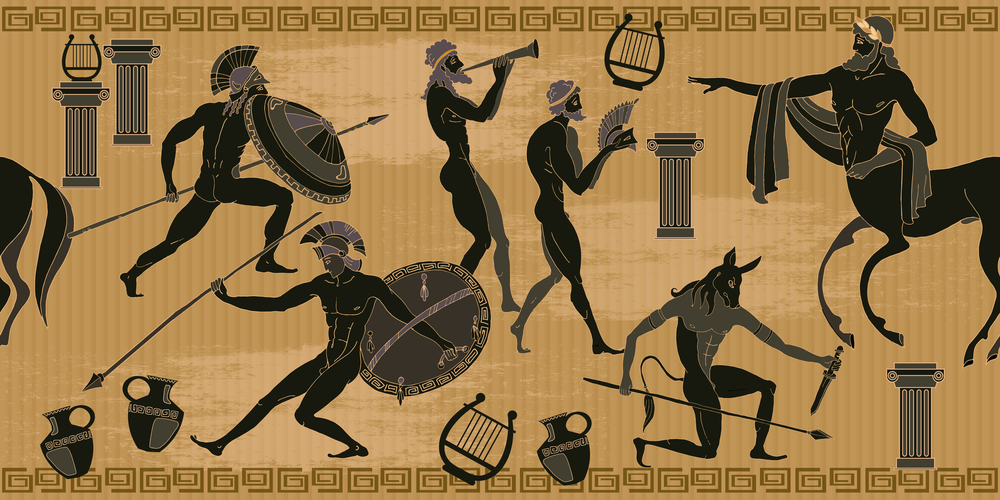Time Zones History: Why Do We Have Time Zones?
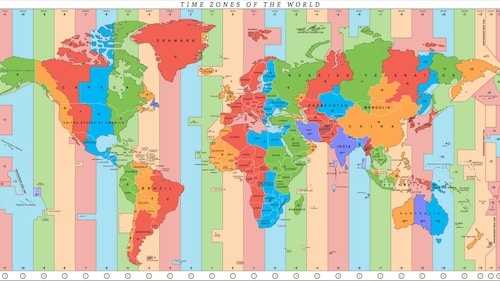
Let’s explore the history of time zones, how different cultures tracked time, the challenges they faced, and the decisions that led to the establishment of standardized time zones. We will uncover the milestones that transformed timekeeping into the precise and unified system we depend on today. So, let’s find out why we have time zones.
It is 6 AM in New York City, and the streets are just beginning to return to life. At the same time, Parisians are already enjoying their noon coffee breaks. Dubai is melting under the 3 PM heat. And people in Japan eat their dinner at 8 PM. We accept these changes in time without even considering when they were developed.

Timekeeping has always been a crucial aspect of human civilization, guiding daily activities, agricultural practices, and religious rituals. From the ancient sundials of Egypt to the sophisticated atomic clocks of today, the methods and precision of tracking time have evolved significantly. However, the journey to the standardized global time system we rely on today took a lot of work.
How Many Time Zones are There in the World?
Nowadays, the Earth is divided into 24 time zones, one for each hour of the day. As our planet spins on its axis, different parts of the world take turns facing the Sun. Time zones help ensure that 12:00 noon feels like the middle of the day, with the Sun (more or less) directly overhead. The system begins at the Prime Meridian in Greenwich, England (known as GMT or UTC+0). As you move east, time advances by one hour for each time zone; moving west, the clock is set back by one hour.
In theory, this is a straightforward system based on 15-degree segments of the Earth’s 360° rotation. However, in practice, time zones can bend, zigzag, and stretch to accommodate political borders, local customs, and daylight saving rules. For example, China, despite spanning five time zones, uses only one time zone for the entire country. Additionally, some regions adjust their clocks by just 30 or even 15 minutes. In essence, time is a blend of science, social agreement, and human influence.
When Was the 24-Hour Day Created?
Since ancient times, people have tried to keep track of the time of the day by observing the movements of the sun and the moon. The ancient Egyptians used sundials to measure time during the day. They divided the period of daylight into 10 equal hours. Then, they added 2 more: one for dawn and one for sunset, totaling 12 hours of daylight. To balance the 12 hours of daylight, they also measured the night by 12 hours. This resulted in a 24-hour day.

This division was practical as it corresponded with visible environmental changes, such as the sun’s and stars’ movement. Also, the number 12 may have been chosen due to the year’s 12 lunar cycles (months). This number was significant in various ancient cultures.

In addition to sundials, the Egyptians used water clocks (clepsydrae) to measure time during the night or when the sun was not visible. Water clocks registered time by the regulated flow of water from or into a vessel, which could be used to maintain the 12-hour division of night.

The Babylonians, who followed the Sumerians, used a base-60 system for mathematical calculations. This system influenced their timekeeping practices, including dividing an hour into 60 minutes and a minute into 60 seconds. The Babylonians inherited the division of the day into 24 hours from the Egyptians. They continued using and refining this system in their astronomical observations and daily life.
The Greeks and Romans adopted the 24-hour day from the Egyptians and Babylonians. The latter were instrumental in spreading this timekeeping system throughout their vast empire and standardizing it across different regions.

The ancient Chinese divided the day into 12 double hours, each corresponding to one of the 12 Earthly Branches. These branches were part of the Chinese zodiac system, including the 12 animals (Rat, Ox, Tiger, etc.). Each double hour spanned approximately two modern hours. This system was used for daily activities, scheduling, and astrological purposes. In the 11th century, a famous inventor Su Song created a clock tower, driving my mechanical clock drive.

Islamic timekeeping is based on the five daily prayers determined by the sun’s position throughout the day. Traditionally, the times for these prayers were determined using various methods, such as observing the sun’s position, using sundials, and later, using mechanical and astronomical clocks.
One of the most famous clocks of Muslim civilization was Al-Jazari’s Elephant Clock. It used a water-powered mechanism inside a model elephant to trigger a ball that activated figures and sounds, showing the time. The design incorporated elements from various cultures, like an Indian elephant, an Egyptian phoenix, Arabian figures, and Chinese dragons.

In medieval Europe during the 14th century, people developed the first mechanical clocks. These clocks used gears and escapements to regulate the movement of the clock hands, providing a more consistent and reliable measurement of time than sundials or water clocks. These clocks helped standardize timekeeping and were often installed in church towers and public buildings, making the 24-hour day more universally recognized.

In 1386, Salisbury Cathedral installed a mechanical clock that is one of the oldest working clocks in existence today. This clock did not initially have a dial and struck the hours on a bell.

During the French Revolution, a decimal time system was briefly adopted, dividing the day into 10 hours, each hour into 100 minutes, and each minute into 100 seconds. It was not widely accepted and was soon abandoned.
When and Where Were Modern Time Zones Developed?
The Industrial Revolution of the 19th century brought significant changes in society, economy, and technology. Factories operated on strict schedules, the railways expanded, and telegraph networks enabled instant communication, requiring precise and standardized timekeeping. These new developments highlighted the need for a standardized time system to prevent scheduling conflicts and ensure safety. It’s when the time zone’s history starts.
The lack of standardization in timekeeping meant significant differences in local times, even between neighboring towns. For example, each city had its own local time in the United States, making it challenging to create a coherent railway timetable.

The first early efforts to standardize time occurred in 1840, when the Great Western Railway in Britain adopted London time (Greenwich Mean Time) for its timetables, setting a precedent for using a standardized time.
Who Invented Time Zones?
In the late 1870s, a Canadian engineer, Sir Sandford Fleming, proposed dividing the world into 24 time zones, each covering 15 degrees of longitude and differing by one hour. According to the story, Fleming came up with this system after missing a train due to a scheduling error caused by local time discrepancies. He is considered to be the inventor of the modern time zones system and the key figure ib the time zones history.

Fleming’s formula covers the entire 360 degrees of the Earth’s longitude. However, in practice, there are more than 24 time zones because some regions have their specific time offsets, and some countries observe daylight saving time, shifting their clocks seasonally. However, this division standardized time based on the sun’s position, where noon is roughly when the sun is highest in the sky. On November 18, 1883, the U.S. and Canadian railroads adopted a new system of time zones. At noon, clocks were reset to align with the new time. The date is known as “The Day of Two Noons” because there were two noons on the same day in many locations.
How do Time Zones Work?
In 1884, the International Meridian Conference was held in Washington, D.C., with delegates from 26 countries. The conference established the prime meridian at Greenwich, England, and proposed dividing the world into 24 time zones, according to Fleming’s formula.

The Chatham Islands in New Zealand have a unique time zone, UTC+12:45. It’s one of the few time zones offset by 45 minutes rather than the usual full hour.
As international trade, travel, and communication expanded, the need for a standardized time system became apparent to more countries. The efficiency and coordination provided by standardized time zones were essential for economic growth and technological advancement. So, many other countries adopted the system over time due to the practical benefits of standardized timekeeping.
Greenwich Mean Time (GMT) was adopted as the worldwide standard for calculating time differences. The prime meridian at Greenwich was chosen because it is used in navigation and has been adopted by many countries. The Royal Observatory in Greenwich was a leading navigation and astronomical research center for many years. By the late 19th century, many ships used Greenwich Mean Time (GMT) for navigation. It’s one of the important milestones in the history of time zones.

Different countries also adopted setting the clock forward by one hour during the warmer months (spring and summer) to extend evening daylight and set it back by one hour in the fall to return to standard time (winter time). It is known as Daylight Saving Time (DST).
Germany and Austria-Hungary first formally adopted DST on April 30, 1916, during World War I, to conserve fuel. The United Kingdom followed the idea shortly after the same year. The USA adopted DST in 1918 and again during World War II. The practice was inconsistent after the wars until standardized by the Uniform Time Act of 1966.
Daylight Saving Time creates better use of daylight and reduces the need for artificial lighting in the evening. Less energy is consumed for lighting and heating, leading to energy savings. Extended evening daylight encourages people to spend more time outdoors, shop, and participate in leisure activities. Finally, more daylight in the evening can improve road safety by reducing traffic accidents.

What is UTC Time?
Globalization and the rise of technology in the mid-20th century had a pivotal meaning for the time zones history. Telecommunications, space exploration, and international travel required a highly accurate and universally accepted time standard. A more precise and stable timekeeping system was needed than the existing Greenwich Mean Time (GMT). GMT was limited by the irregularities and gradual slowing of the Earth’s rotation.
So, in 1960, the International Telecommunication Union and the International Bureau of Weights and Measures established coordinated universal time (UTC). UTC is closely related to International Atomic Time (TAI), established in 1955. TAI is a time standard that uses the combined output of some 200 highly precise atomic clocks worldwide.

Atomic clocks, which measure time by the vibrations of cesium or rubidium atoms, offer unparalleled precision and stability. The clocks are not influenced by environmental factors that affect the Earth’s rotation, providing a consistent time standard. This consistency is crucial for scientific research, global communications, and navigation systems.
UTC has become the global time-keeping standard, used in all aspects of international communication, computing, navigation, and scientific research. It provides a unified time standard essential for coordinating activities across different regions and time zones. For example, the Internet, GPS, and international financial networks rely on UTC for accurate and synchronized timekeeping.
🔍 Do you want to know more?
The history of time zones is deeply connected to how we measure and coordinate time. Just as wristwatches made personal timekeeping portable and precise in the 20th century, and GPS later revolutionized global navigation by relying on incredibly accurate atomic clocks, the invention of time zones was a key step in syncing the world. Without standardized time, technologies like GPS wouldn’t function properly, and even something as simple as setting your watch while traveling would be a challenge. To see how far we’ve come, check out how wristwatches evolved and how GPS keeps the world on time today.


